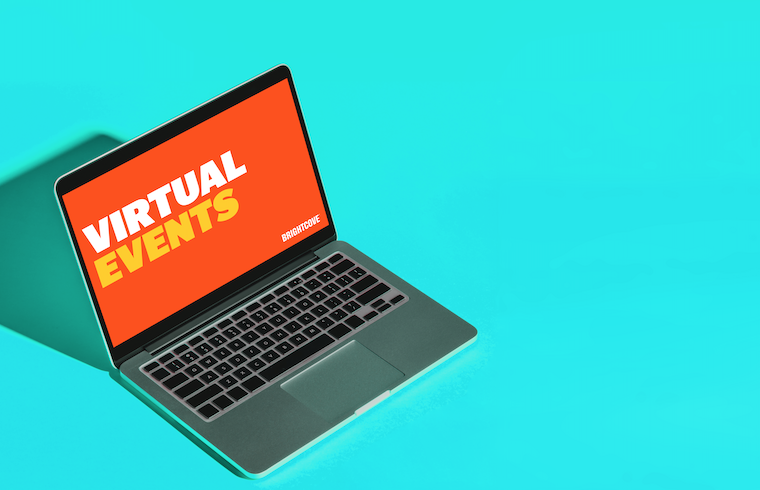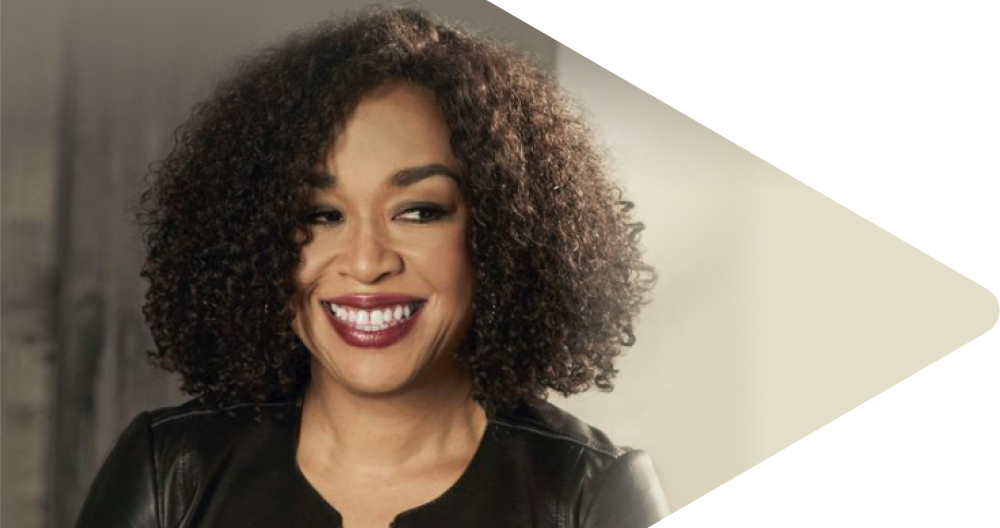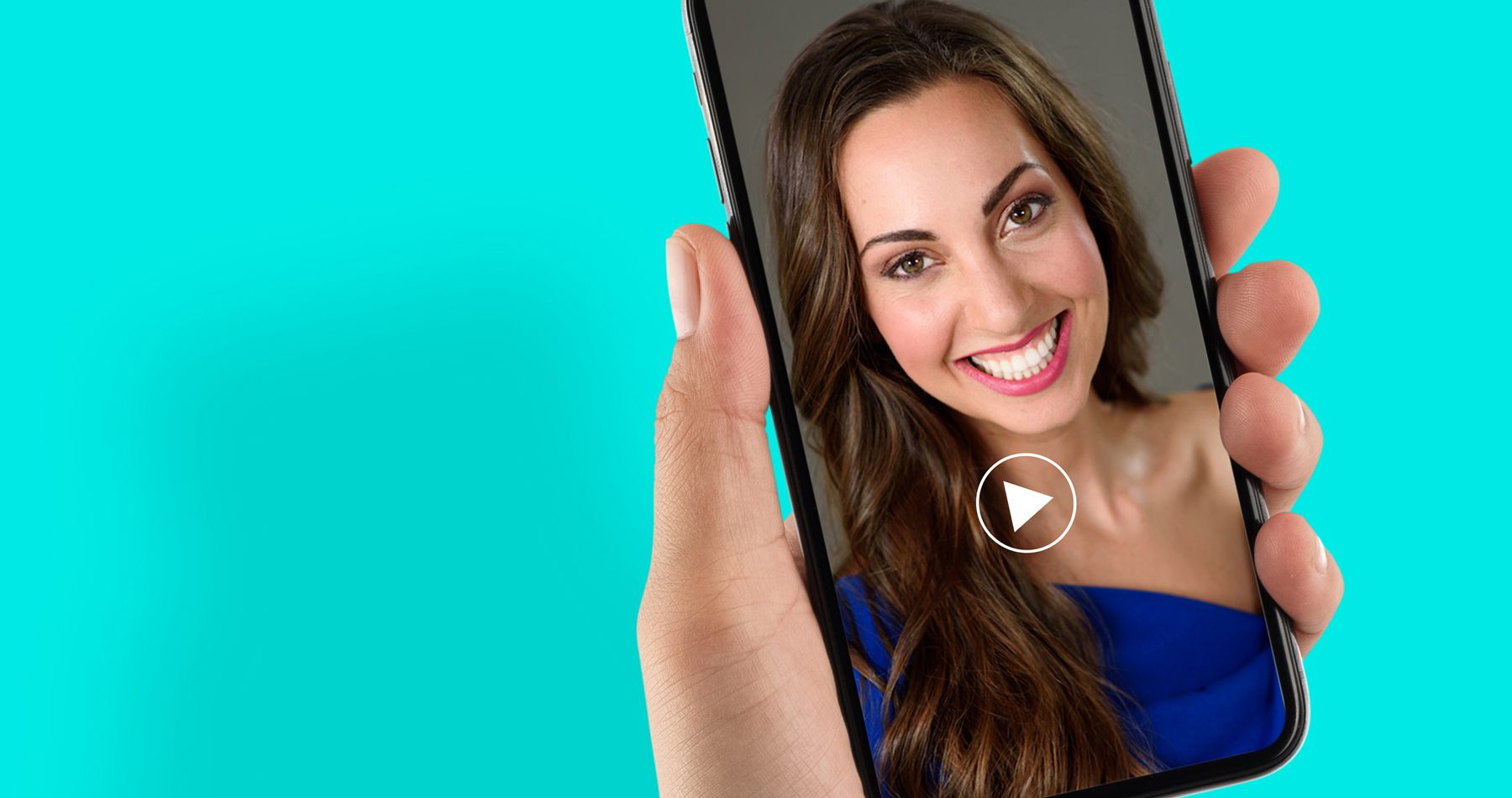Tips for Virtual Events: Adobe Head of Experiential Marketing
Virtual Events

6 Virtual Event Tips Ben Rabner
Despite all of the challenges that came with shifting in-person events to virtual ones last year, experimentation became a lot easier. At least that's one of the silver linings discovered by Ben Rabner, Head of Experiential Marketing at Adobe.
Rabner, like many others, sees virtual events as opportunities to imagine what's possible instead of feeling creatively confined. And as a result, Rabner has learned a lot over the past year and shared some of his tips for designing virtual event experiences during our recent Bright Spots, Big Thoughts panel discussion.
TEST, LEARN, OPTIMIZE, REPEAT
COVID-19 happened to hit just before Adobe's annual marketing event, the Adobe Summit. "I think we were one of the first major brands to come out and say, 'We're pausing the live event, and we're going to put this thing on virtually." When Adobe had to quickly shift to virtual, Rabner says the process of experimenting, asking, "Why can't we do this?" and working through the tech to make it happen was the most exciting part. Based on the team's experience reimagining the Adobe Summit, they applied their learnings to their next virtual event: Adobe MAX, Adobe's annual creative conference. And in the words of fellow Bright Spots, Big Thoughts panelist Elise Swopes, "Adobe MAX by far was nuts ... they snapped on that."
FIND THE STORY, AND THEN WEAVE IT THROUGHOUT
A virtual event's story must be woven through every aspect to intentionally build and help advance the overall journey. Every interaction, starting with the initial invite and how attendees register, must be meticulously thought through. According to Rabner, "You can really get creative and play with themes, and then pay it off when attendees come to the virtual event and you continue that story." One recent virtual event concept Rabner brought to life was based around the idea of taking attendees on a road trip. And what does every good road trip need? A special "mixtape," of course. The team created a Spotify playlist and sent out printed cardboard "cassette tapes" with a QR code that directed attendees to the customized playlist. Rabner suggests event planners "live the theme and topic" they are trying to convey, and the ideas will start flowing.
DON'T WAIT FOR THE EVENT TO START TO BUILD AN EMOTIONAL CONNECTION
According to Rabner, building connections virtually starts with meeting our basic human needs. "It's about going back to the basics of behavioral economics. How are we really wired? What motivates us and inspires us as humans? And then how we can use technology and things to help us connect that?" Rabner has seen great success with sending out curated packages in advance of events that are specifically designed to build anticipation, ignite the senses, and deliver emotion. "Some of the things that I choose intentionally are things that activate additional senses because those connect in our brain. The part of our brain that houses our senses is located right next to the part that has the emotions [...] so if you can engage those, they love to connect and work together."
THINK OF YOUR ATTENDEES AS FRIENDS
When it comes to virtual events, it can be challenging to really empathize and think through the entire attendee experience end to end. "I think it's harder to have intention and purpose, and I hate to use the buzzword, but authenticity. It's harder for that to come through in virtual events, and so you have to work so much harder to really help that translate through the virtual touch." Something that has helped Rabner to get over this hurdle is to not think of the audience as attendees but rather as friends. "My approach has been to think about it like I'm gathering people back around our family table for dinner, sharing this [experience] with them, and how can I do that in this really crazy environment now?"
USE QUESTS AND CHALLENGES AS ENGAGEMENT TACTICS
Session length, screen fatigue, and attendee engagement are important things to consider when designing a virtual event experience. According to Rabner, "One of the challenges [with virtual events], and this is what the research and the behavioral economics show, is that you need to break up things. And generally, 15 to 20 minutes is the ideal time where you can have someone's attention, and then you need to switch it up." According to Rabner, small group breakouts where participants are given a specific task or challenge that relates to the concept just presented are an effective engagement tool. "They get to work through that challenge, then they come back and share their learnings on it."
TAKE INSPIRATION AND LEARN FROM OTHERS
Finally, Rabner suggests that with so many virtual events continuing to be made available, both live and on-demand, it's a great opportunity to see what other brands and organizations are doing. "I've attended a lot of virtual events and more so not because I'm bored and have nothing better to do [...] but more out of curiosity because I'm trying to see what are other people doing that's really good, and can I pull an idea out of it?" More often than not, attending a virtual event, even one outside of your own industry, will likely spark some new ideas for you to consider or apply to your own virtual event experience.
If you’re planning a virtual or hybrid event, we’d love to help. Get in touch with us here.
Nick Iuliano is Brightcove's Senior Director of Content, helping to tell our best brand, product, customer, and partner stories across global marketing channels.



